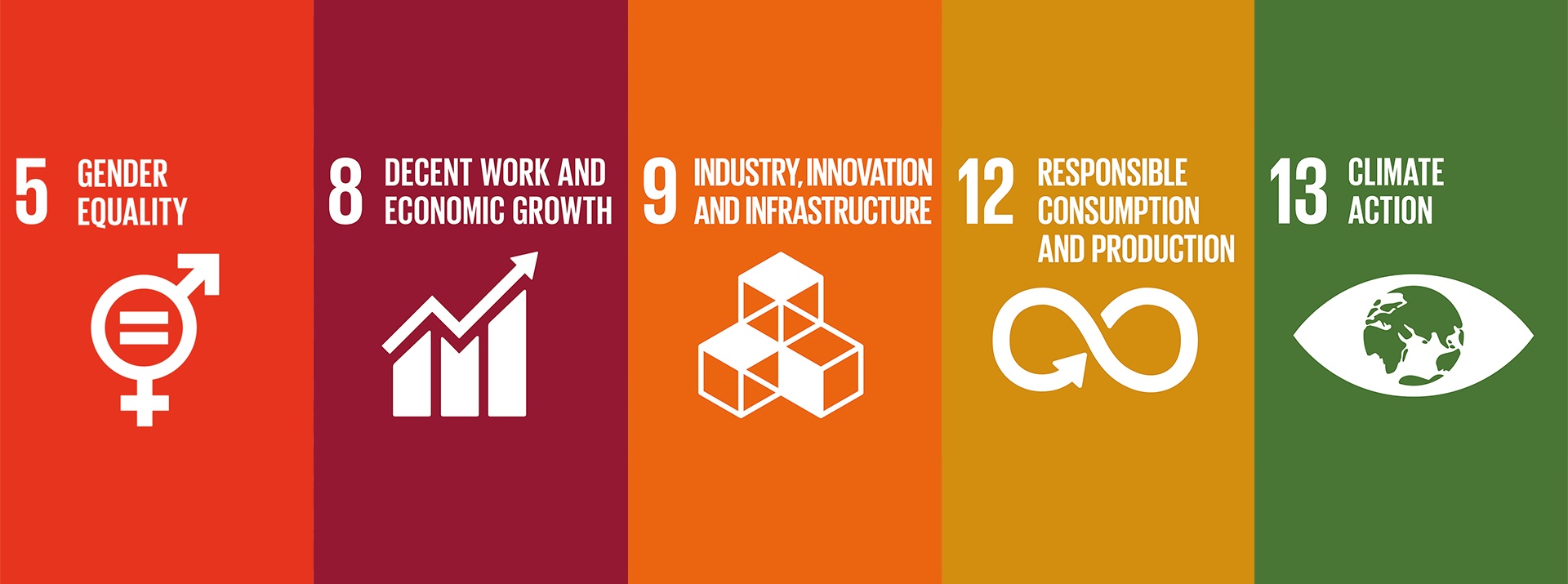
Knorr-Bremse is committed to sustainable governance with a particular focus on the United Nations global Sustainable Development Goals (SDGs). Stefan Bräuherr, Head of Corporate Responsibility at Knorr-Bremse AG, points out that the company’s commitment to sustainability predates the signing of the UN Global Compact, and explains how the SDGs fit with Knorr-Bremse’s CR strategy.
Stefan Bräuherr, you are Head of Corporate Responsibility at a major corporation. What does sustainability mean to you personally?
I have three children and grew up as part of a large family. I firmly believe it is our responsibility to protect the environment and our current standard of living as a legacy for the next generation to enjoy – across all levels of society.
Knorr-Bremse signed up to the UN Global Compact, the world’s leading CR initiative, in 2010. When did sustainability start to feature on the Knorr-Bremse agenda?
We have long recognized the importance of sustainability, and the issue has gained even greater prominence following the IPO. Various stakeholders, including our investors, have high expectations when it comes to our sustainability organization. But we are still a family company at heart with traditional values and close ties with our immediate environment. Because of this, we have always taken our social and environmental responsibilities very seriously. In 2009, Knorr-Bremse formalized this commitment by setting up our Corporate Responsibility department. Since signing up to the Global Compact in 2010, we have published annual progress reports on our sustainability performance as a company. Following our IPO in 2019, we are now required by law to publish an audited sustainability report.
You also support the United Nations global Sustainable Development Goals (SDGs).
That’s correct. In 2015, all Member States of the United Nations adopted the SDGs as the centerpiece of a plan to end extreme poverty, tackle inequality and injustice, and safeguard the planet. The SDGs followed on from the UN Millennium Goals, which had primarily been aimed at governments and were therefore less easy to implement in a corporate setting. The SDGs include specific requirements for companies, making it easier for us to align our actions with clear objectives. This way we can use our financial strength and capacity for innovation to tackle economic, social and environmental challenges.
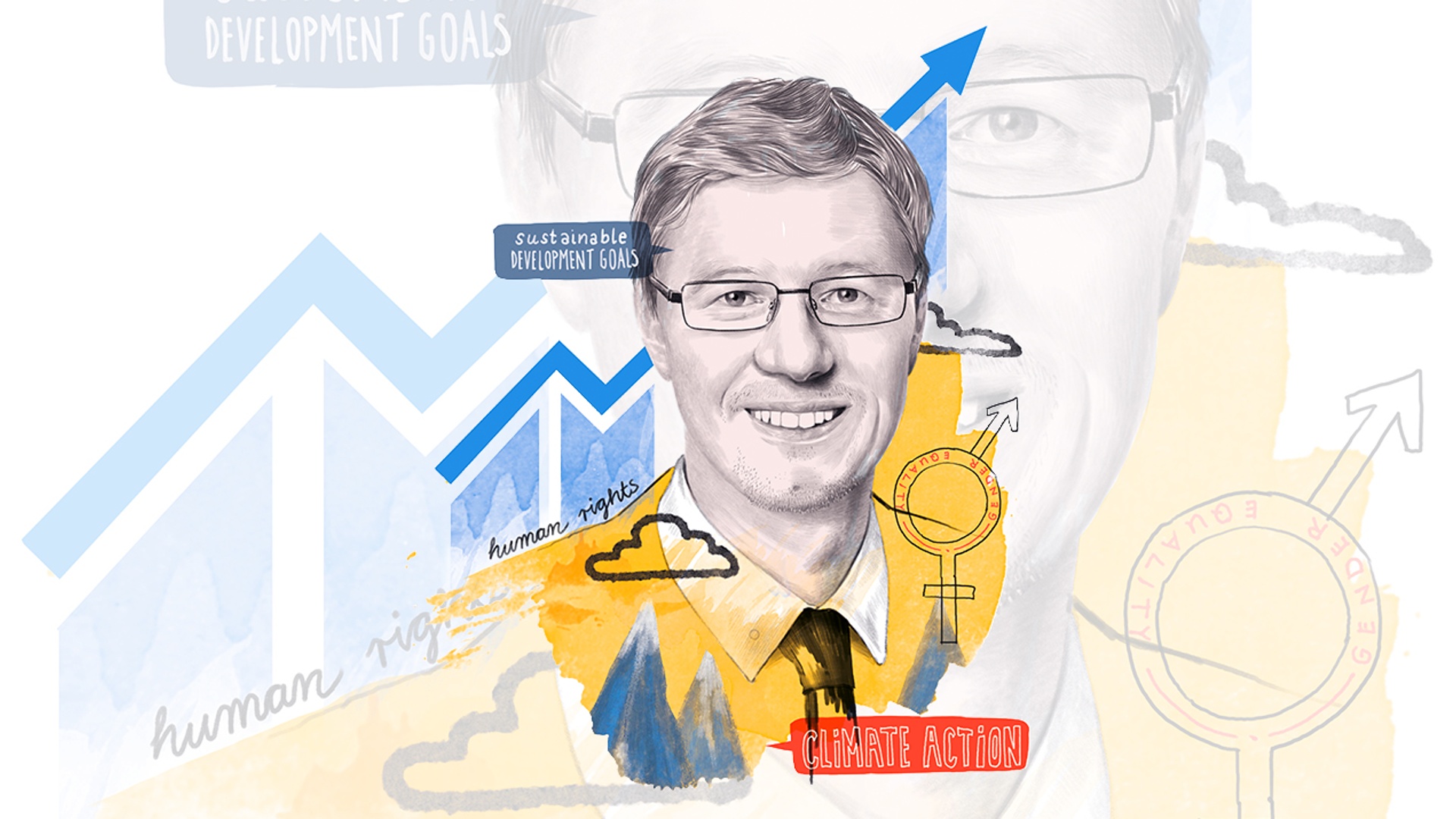
Out of a total of 17 SDGs, Knorr-Bremse has opted to focus on five. Why is that?
We believe it is better to address five issues properly rather than cover all 17 superficially. Also, it makes sense for companies to focus on the areas where they can make the biggest contribution, because this is where there is the greatest potential for improvement. We already have a number of long-term CR measures and projects in place which contribute to the SDGs, but we are determined to do more. This was behind our decision to focus our efforts on five SDGs.
Which ones are they, and how did you choose them?
In 2018, a two-phase process comprising “top-down” voting by the top 160 managers worldwide and a “bottom-up” ballot of the global workforce culminated in the selection of five SDGs: Gender Equality, Decent Work, Innovation, Responsible Consumption and Climate Action. Global initiatives for each of these five SDGs were then launched in early 2019. Incidentally, Knorr-Bremse Global Care supports two additional SDGs (Education and Sanitation) with its own global projects, independently of Knorr-Bremse AG.
How does this impact your business strategy?
Through our CR strategy − which is increasingly intertwined with our business strategy. Rather than coming up with theories that sound great but are easily forgotten, we prefer a more pragmatic approach to ensure that our intentions are actually translated into practice. For example, we already have a number of specific measures in place that were inspired by the SDG Climate Action.
So top management is closely involved?
Absolutely. Each of the four members of the Executive Board, and Ms. Thiele-Schürhoff, Member of the Supervisory Board of Knorr-Bremse AG and CEO of Knorr-Bremse Global Care e.V., acts as sponsor for one of the five SDGs. They each raise awareness of “their” SDG throughout the company and ensure that this is channeled into specific, practical measures. Parallel to this, the CR Council, made up of the Executive Board member responsible for Corporate Responsibility, one member of the Management Board of each of our two divisions, Ms. Thiele-Schürhoff, and myself as Head of Sustainability at Knorr-Bremse, meets at least three times a year to agree future strategies and goals. We also conduct regular reviews to gauge our progress toward these goals.
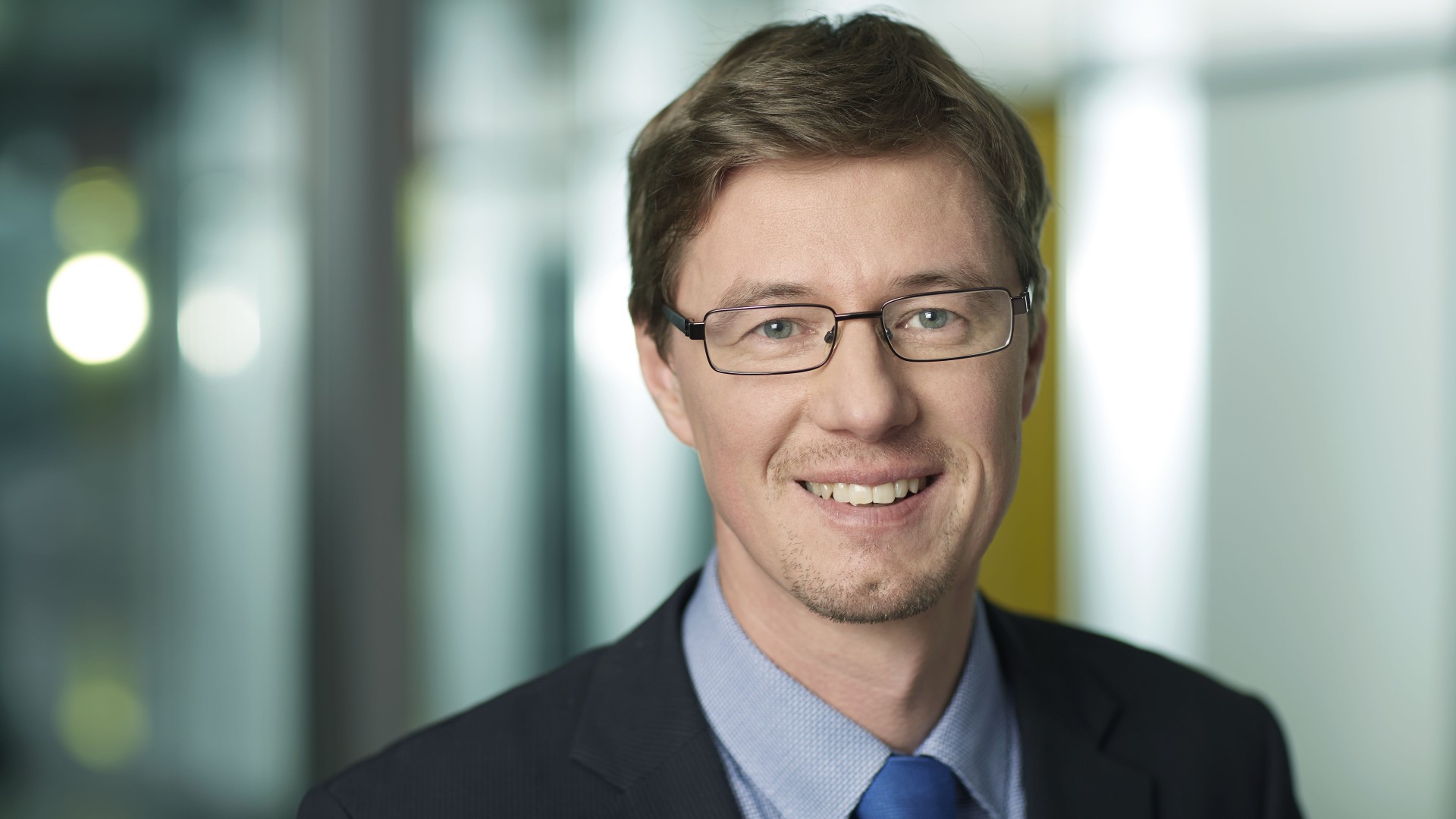
The SDGs inspire us to use our financial strength and capacity for innovation to tackle financial, social and environmental challenges.
Stefan Bräuherr – Head of Corporate Responsibility
How is the CR strategy incorporated into the business strategy in practice?
Let me give you a couple of examples: First, let’s look at procurement. Quality, price, on-time delivery and punctuality are of course the paramount considerations here, but more prominence needs to be given to sustainability aspects as well. So I work closely with the heads of procurement in our two divisions to help them boost their sustainability performance. We have also agreed a Supplier Code of Conduct with our direct suppliers, and operate a system of on-site assessments and audits to ensure compliance.
The second example concerns EcoDesign, which ensures that CR principles are applied as early as the product development phase. Our Global Values Day, or “Knorr-Bremse Day”, illustrates our efforts to anchor the SDGs in our corporate culture. In 2019, the theme was SDG 12 “Responsible Consumption and Production”. Through presentations, games, competitions and campaigns at locations around the globe, employees brought this topic to life. And that’s important, because our mission is to make the SDGs part of everyday working life, so that they become woven into the fabric of our corporate culture.
How do you align this integrated CR strategy with the SDGs?
The CR policies we build into our products and processes take their lead from the SDGs. For example, our EcoDesign work is guided by SDG 9 “Industry, Innovation and Infrastructure”. Our supplier audits follow SDG 12 “Responsible Consumption and Production”, and our commitment to equal pay for all genders is driven by SDG 5 “Gender Equality”. SDG 13 “Climate Action” has inspired us to shift progressively to generating and procuring renewable energies at all our locations. In Germany we are 80 % of the way there, while Hungary and Austria are already at 100 %. However, there is clearly still a long way to go, and every company worldwide, including Knorr-Bremse, needs to do much more in this direction. I believe we are well on the way to putting our responsibilities into practice in this respect.
This must create extra work. How have managers and employees at Knorr-Bremse responded?
The wonderful thing about our company is that the majority of employees are passionate about these issues and willing to go to great lengths to support them, be it in procurement, development, logistics or HR. Many of them have families and understand the pressing need for action. They are motivated − and proud of the positive changes Knorr-Bremse is making. For a sustainability officer like myself, it’s a great environment to work in.
Sustainable Development Goals (SDGs)
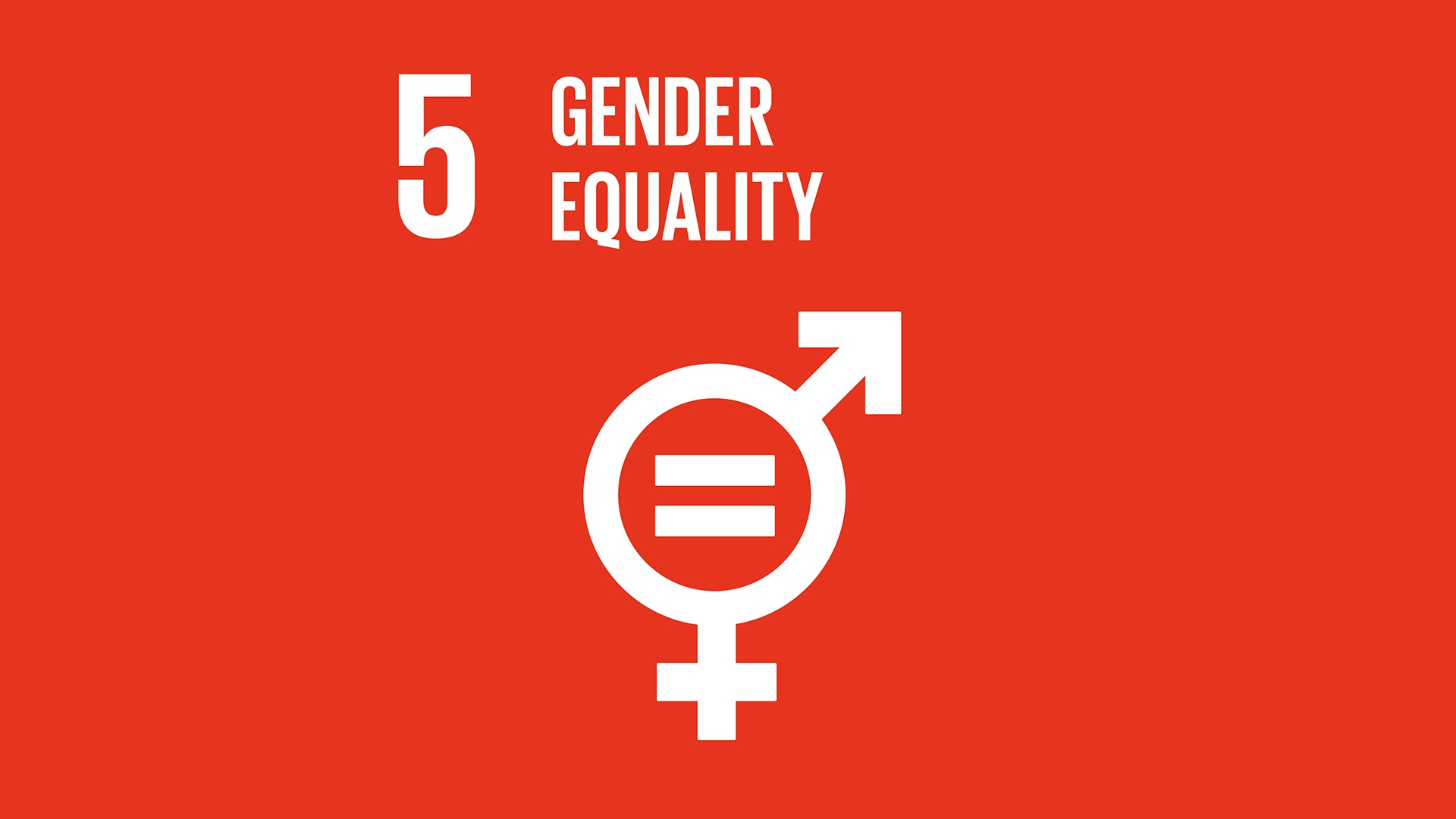
Gender Equality
As a global player, Knorr-Bremse is committed to career advancement regardless of gender, age or ethnicity. We focus on recruiting qualified women and increasing their numbers in leadership roles. Specific recommendations are derived from a status quo analysis by IMPG (International Management Potential Group).
Decent Work and Economic Growth
At Knorr-Bremse we take employee rights very seriously. We are stepping up our HR development measures in the search for innovative ways to transform the working environment. With our “Knorr-Bremse Learning Culture 4.0” we are trialing the use of e-learning packages that can be accessed anytime, anywhere. We are also developing an ideas management app. To prevent human rights violations in our global supply chain, we have carried out an in-depth risk analysis focused on ethical recruitment.
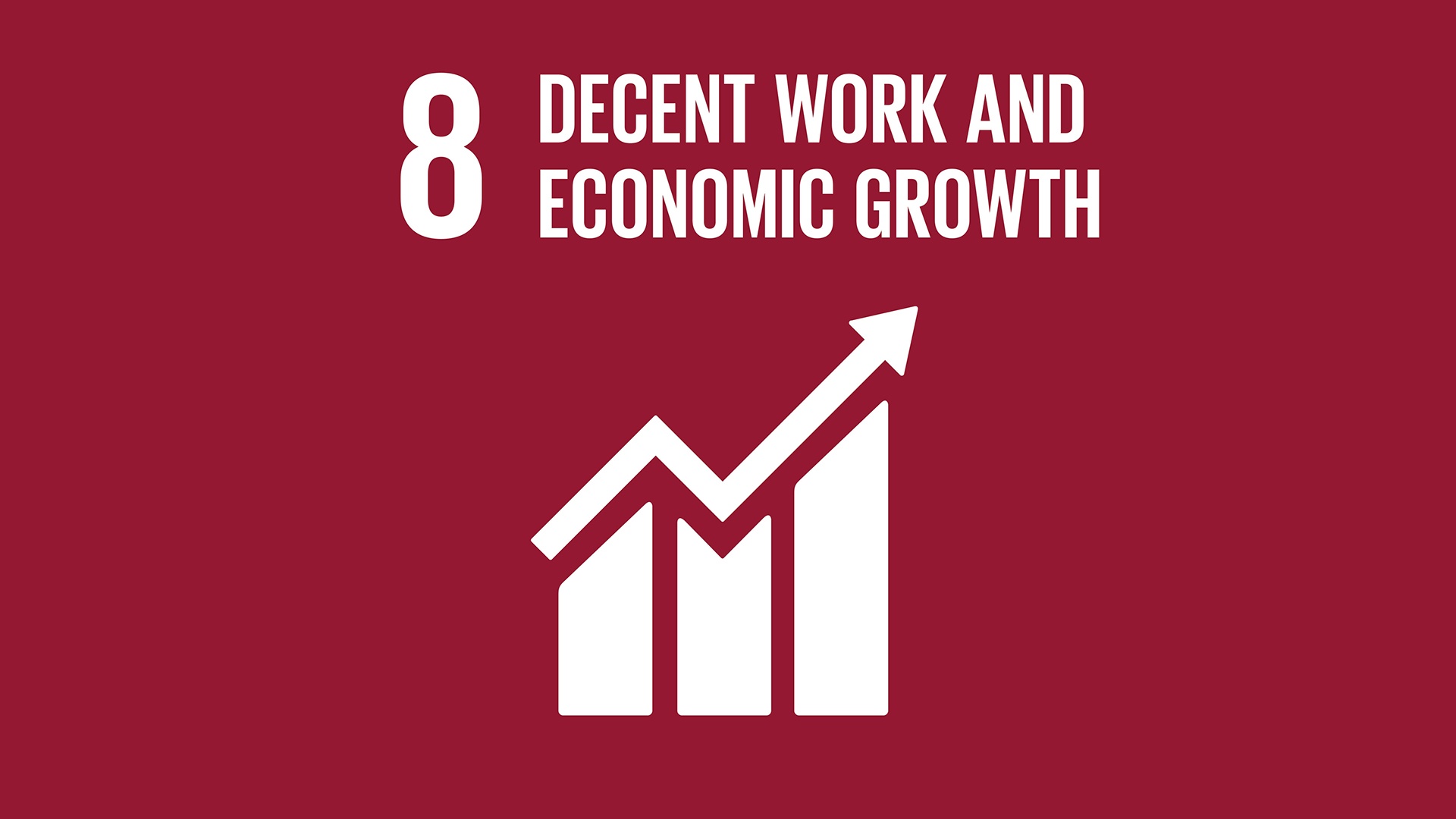
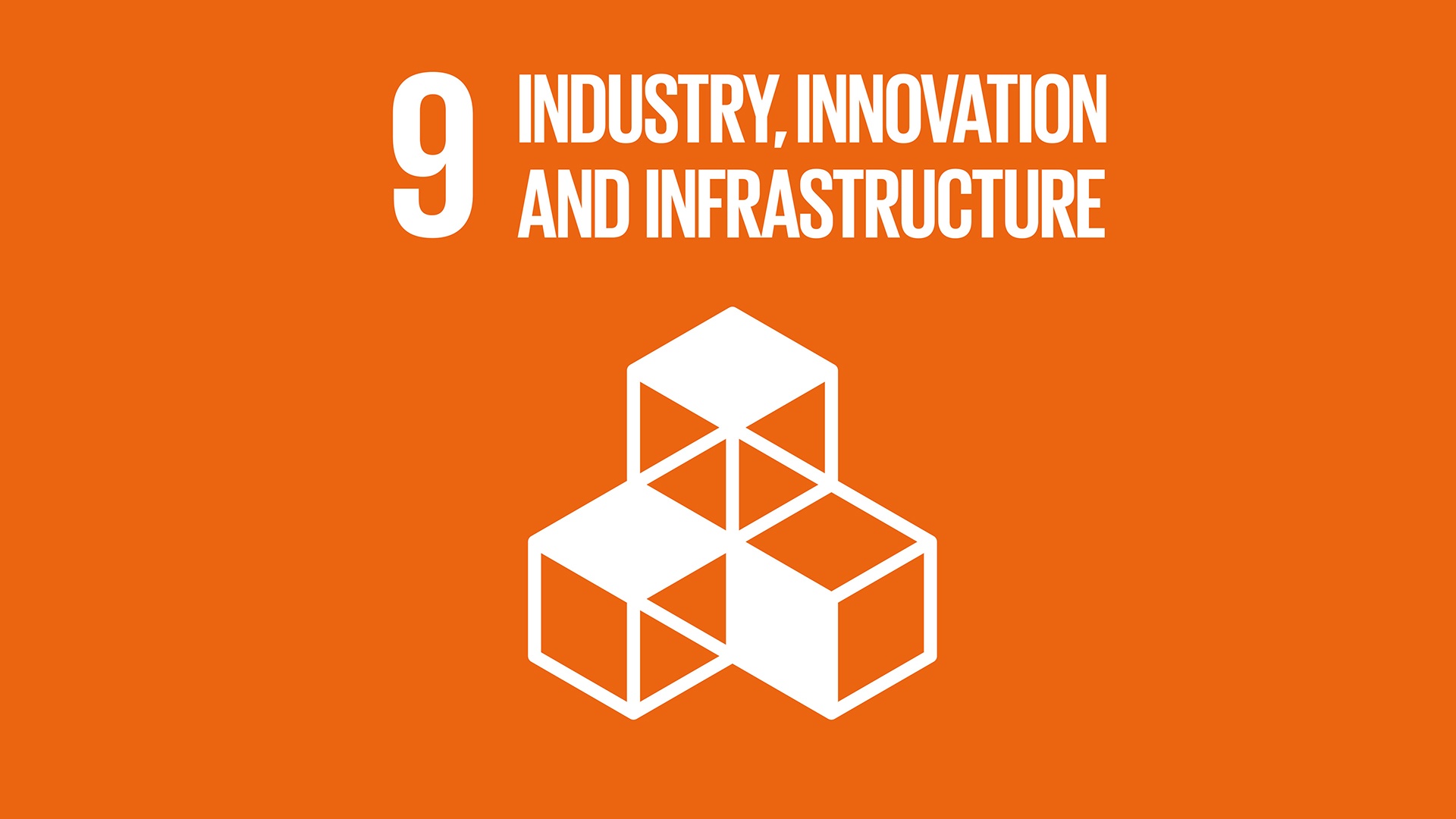
Industry, Innovation and Infrastructure
Knorr-Bremse is a keen proponent of environmentally friendly technologies and invests a significant amount each year in R&D to align its development and innovation processes with EcoDesign principles. As one of our new approaches to innovation, we are aiming to use an accelerator program involving startups to identify sustainable technologies.
Responsible Consumption and Production
Certified environmental management systems are in place at all Knorr-Bremse production sites worldwide and are designed to eliminate waste and promote closed-loop recycling of materials. At individual company level, local waste management initiatives such as the “Zero Waste” scheme at Bendix, USA, are reducing the types and quantities of waste that end up in landfill. Parallel to this, events such as the global KB Day 2019 dedicated to SDG 12 help to promote responsible consumption among the workforce.
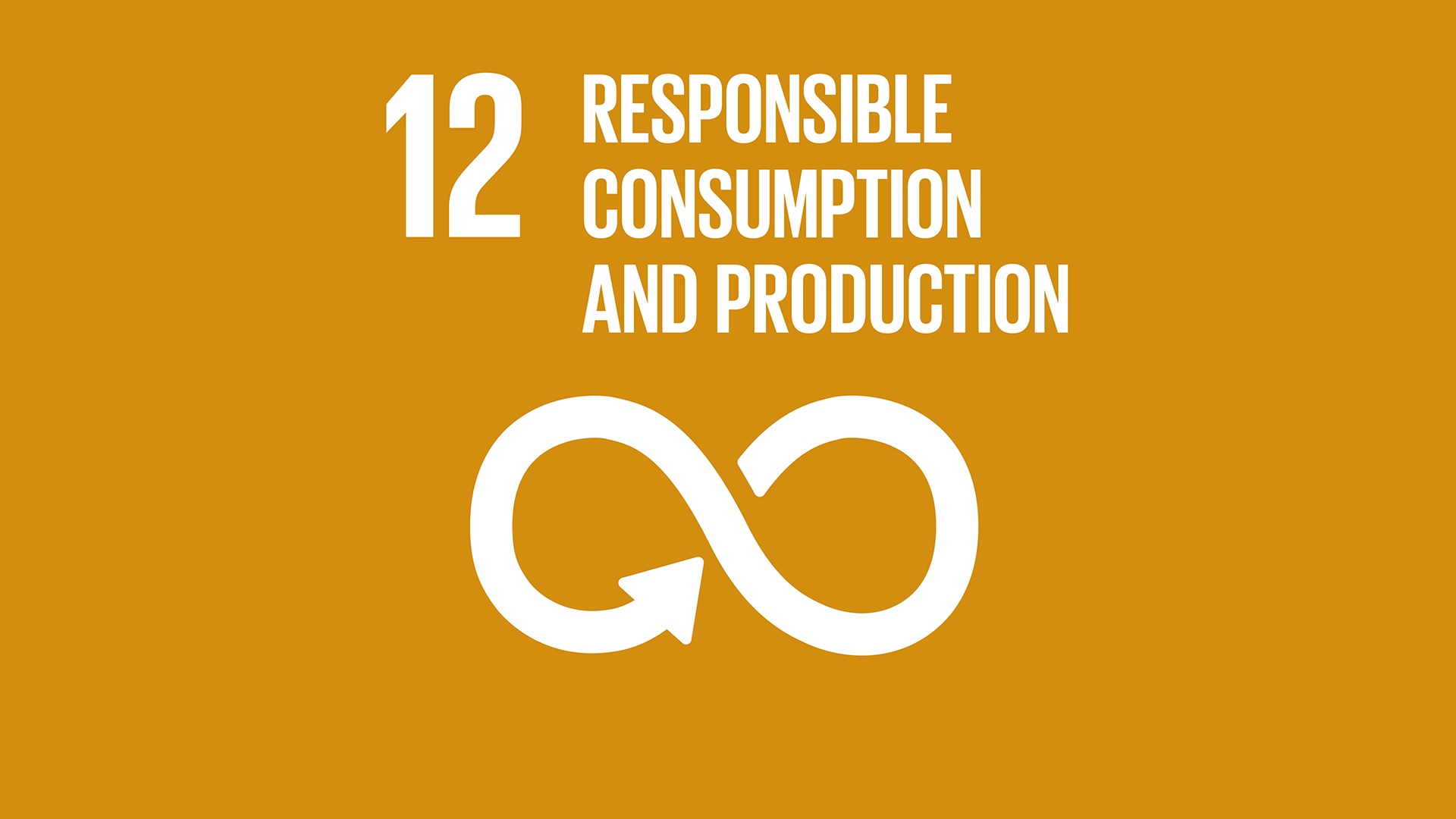
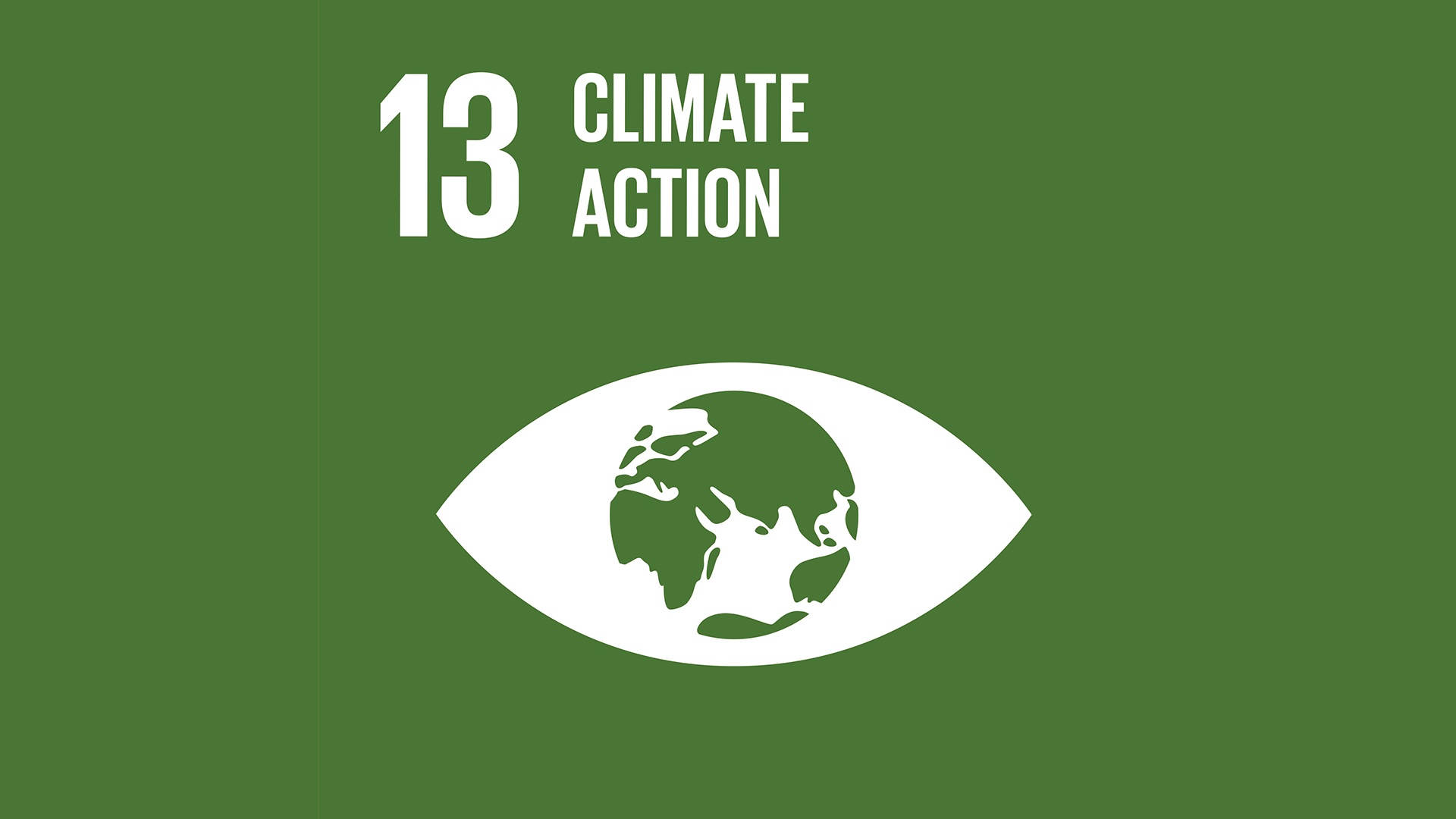
Climate Action
Knorr-Bremse has prioritized the avoidance of CO2 emissions and set reduction targets. We also support the climate action efforts of our individual locations. Our Climate Strategy 2030 reflects the scientific consensus as set out in the UN Paris Convention (2015) and our commitment to help limit global warming to no more than 1.5 degrees Celsius. Knorr-Bremse has set itself two targets in this regard.
Firstly, we want to halve the CO2 emissions from our locations by 2030, which equates to an average reduction of 4.2 % per annum compared with 2018 levels. Our three-pronged approach combines energy efficiency measures with the generation and procurement of renewable energies. Within our climate strategy, we take our lead from the guidelines set out in the Science Based Targets initiative for Scope 1 and 2 emissions of CO2.
Secondly, Knorr-Bremse has undertaken to make all its locations carbon neutral from 2021. To this end, we will go beyond the abovementioned targets by also increasing the proportion of renewables in our energy mix and compensating for any residual CO2 emissions.